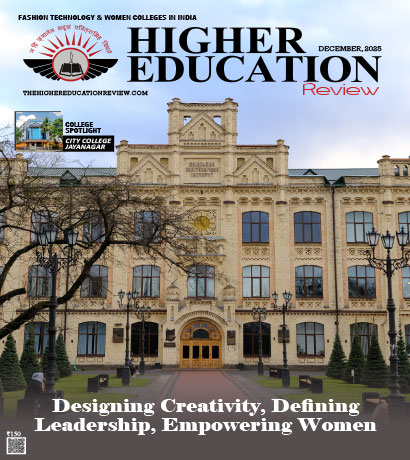Why do we not have Stanford or Harvard model in Indian Universities?
India has been aiming to embrace internationalization of higher education since 1960's. As a result, IIT's and IISc came into existence. However, most graduates move out of India to leading Universities worldwide and settle there, causing brain drain. Although, the performance of individual Indian Universities has exceeded expectation, through infrastructure and teaching faculties, collectively, they lack in inculcating professional qualities in students, as they just produce engineers and scientists. With the advent of Internet for anything and everything, this is the right time for India to think out of the box and come out with framework programs such as ERASMUS and 'Marie'Curie Actions' in Europe. This will enable Indian Institutions to foster International collaborations and benchmark themselves with established global performance indicators. The international agencies, such as ABET and IET should accredit the Universities, so that performance indicators are set as equivalent to that of International Institutions.
Most Indian Universities lack in imparting cognitive thinking in its students. Indian educational system mostly focuses on knowledge, working memory and to some extent problem solving, in simple terms spoon'feeding. Leading Western Universities impart cognitive thinking in its students, acquiring comprehensive set of mental activities and skills encompassing knowledge, attention, judgment, evaluation, reasoning, problem solving, decision making and so on. Therefore, Indian Universities should focus on bridging theory and practice. Industry support for projects, consultancy and research is critical for this.
On the flipside, internationalization of higher education is possible with migration of program and student mobility. The aspiring student (please read 'parent') in India will have set idea on a program and stick to it until the end, whether he/she likes it or not. Also, with different strategies adopted by Indian Universities, the students movement between Universities during the program is highly improbable. This restricts the students to a specific domain of study and the teaching methods adopted by the University. It is very important to remove these restrictions and make them realize international practices in education. Considering the number of students enrolled in Indian Universities, this may be a herculean task.
Aspiring students should be offered with a choice of programs, to enable them choose their study of interest. Interactions with Universities and Industries abroad should be enhanced and included in the curriculum, by way of International Transfer Program, Semester Abroad Program, Internship, Collaborative Projects and so on. Management and Faculties should emulate strategies similar to those adopted in World renowned Universities, without significantly affecting Indian traditional approaches. (As told to Sarath Shyam)
Kadhambari S. Viswanathan
Kadhambari completed school education at Vellore, and obtained her B.Tech (Biotechnology) from VIT University in 2010. In 2007, she registered at the Summer School in Johns Hopkins University, USA, and utilized the opportunity to compare the curriculum of Johns Hopkins with that of Indian Universities. Her stint at Johns Hopkins provided her with an excellent opportunity to interact with students from various countries and with faculty members of high academic caliber.
Most Indian Universities lack in imparting cognitive thinking in its students. Indian educational system mostly focuses on knowledge, working memory and to some extent problem solving, in simple terms spoon'feeding. Leading Western Universities impart cognitive thinking in its students, acquiring comprehensive set of mental activities and skills encompassing knowledge, attention, judgment, evaluation, reasoning, problem solving, decision making and so on. Therefore, Indian Universities should focus on bridging theory and practice. Industry support for projects, consultancy and research is critical for this.
On the flipside, internationalization of higher education is possible with migration of program and student mobility. The aspiring student (please read 'parent') in India will have set idea on a program and stick to it until the end, whether he/she likes it or not. Also, with different strategies adopted by Indian Universities, the students movement between Universities during the program is highly improbable. This restricts the students to a specific domain of study and the teaching methods adopted by the University. It is very important to remove these restrictions and make them realize international practices in education. Considering the number of students enrolled in Indian Universities, this may be a herculean task.
Aspiring students should be offered with a choice of programs, to enable them choose their study of interest. Interactions with Universities and Industries abroad should be enhanced and included in the curriculum, by way of International Transfer Program, Semester Abroad Program, Internship, Collaborative Projects and so on. Management and Faculties should emulate strategies similar to those adopted in World renowned Universities, without significantly affecting Indian traditional approaches. (As told to Sarath Shyam)
Kadhambari S. Viswanathan
Kadhambari completed school education at Vellore, and obtained her B.Tech (Biotechnology) from VIT University in 2010. In 2007, she registered at the Summer School in Johns Hopkins University, USA, and utilized the opportunity to compare the curriculum of Johns Hopkins with that of Indian Universities. Her stint at Johns Hopkins provided her with an excellent opportunity to interact with students from various countries and with faculty members of high academic caliber.

